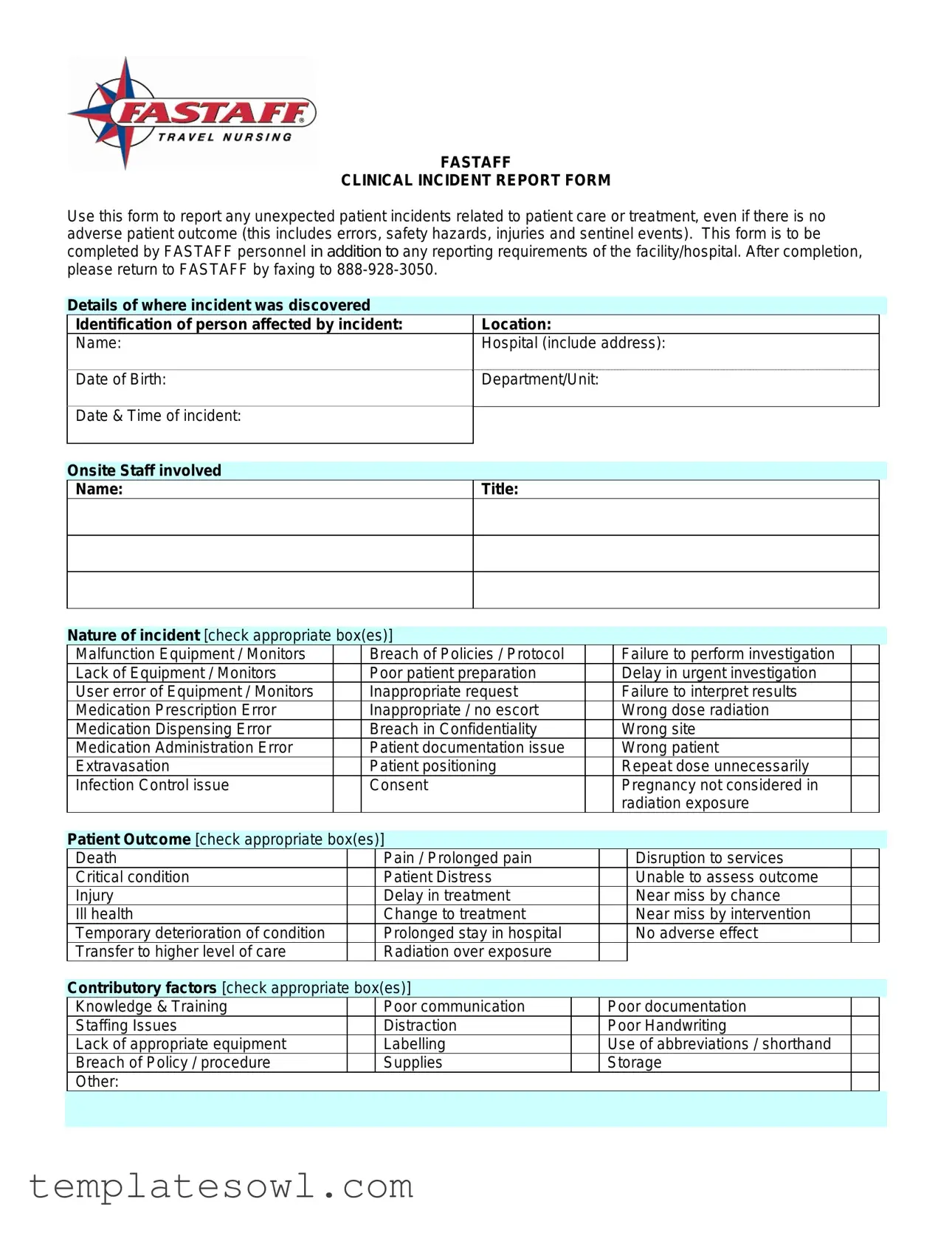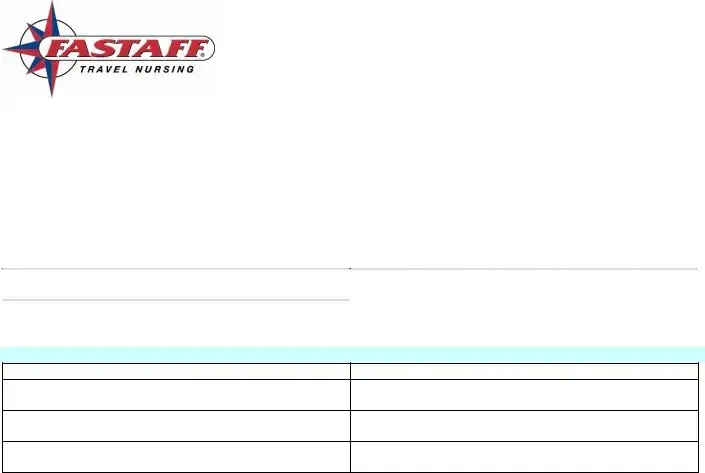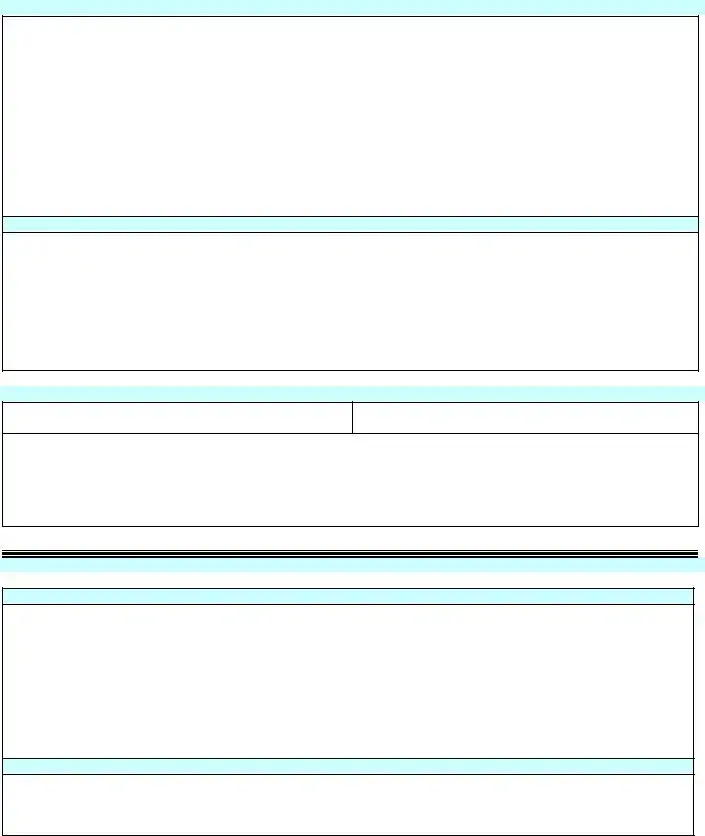What is the purpose of the Clinical Incident Report Sample form?
The Clinical Incident Report Sample form serves as a structured tool for reporting unexpected incidents related to patient care and treatment. This can include a wide range of occurrences, such as errors, safety hazards, or other unsettling events, regardless of whether or not these incidents result in patient harm. The form assists FASTAFF personnel in documenting events thoroughly and systematically, ensuring compliance with both internal protocols and external reporting requirements. By using this form, facilities can improve patient safety, identify trends, and promote better care practices.
Who is responsible for completing the form?
The responsibility for completing the Clinical Incident Report form lies primarily with FASTAFF personnel. This includes any staff members who are directly involved in or witness the incident. It is essential that the individual filling out the form provides accurate and factual information regarding the incident. Additionally, any necessary actions taken to address the situation, as well as relevant details about involved staff or patients, must be correctly documented to ensure a comprehensive report.
What information is required on the form?
The form requires several critical pieces of information. First, it asks for basic details such as the name of the patient affected, their date of birth, and the department where the incident occurred. Then, it details the nature of the incident, allowing the reporter to check appropriate boxes, thus categorizing the type. Further, it includes a section for describing the patient’s outcome and any contributory factors that may have played a role in the incident. Finally, there is space for summarizing the incident and any actions taken as a result, ensuring thorough visibility into the event.
What should be done after completing the Clinical Incident Report form?
Once the Clinical Incident Report form is completed, it must be returned to FASTAFF promptly. This is typically done by faxing the form to 888-928-3050. It is crucial that the report is filled out accurately and succinctly, as it serves not only as documentation of the incident but also as a potential catalyst for improving safety practices. After submission, the report will be reviewed internally to identify trends or areas needing improvement, ensuring that all necessary follow-up actions are taken for the continued safety and care of patients.


